I GROW SWEET CORN BECAUSE . . . SO MANY REASONS
Conventional Wisdom is Wrong!
Conventional garden wisdom holds that sweet corn isn’t worth planting in a backyard garden. The reasons given are that it takes up too much space, that pollination is poor from small, backyard plantings, and that it’is relatively inexpensive and of high quality from markets and farm stands. I take issue with the conventional “wisdom” on all counts.
My vegetable garden has three-foot-wide planting beds, and down a bed I can plant two rows of corn hills. (In gardening parlance, a “hill” is merely a clump of plants, a station with more than one plant.) Hills are eighteen inches apart in the row, with six seeds planted per hill. In this case, I am following the conventional garden wisdom of planting “one seed for the mouse, one for the crow, one to rot, and one to grow.” Actually, three to grow because once the plants are up and growing, I thin each hill to the three sturdiest plants.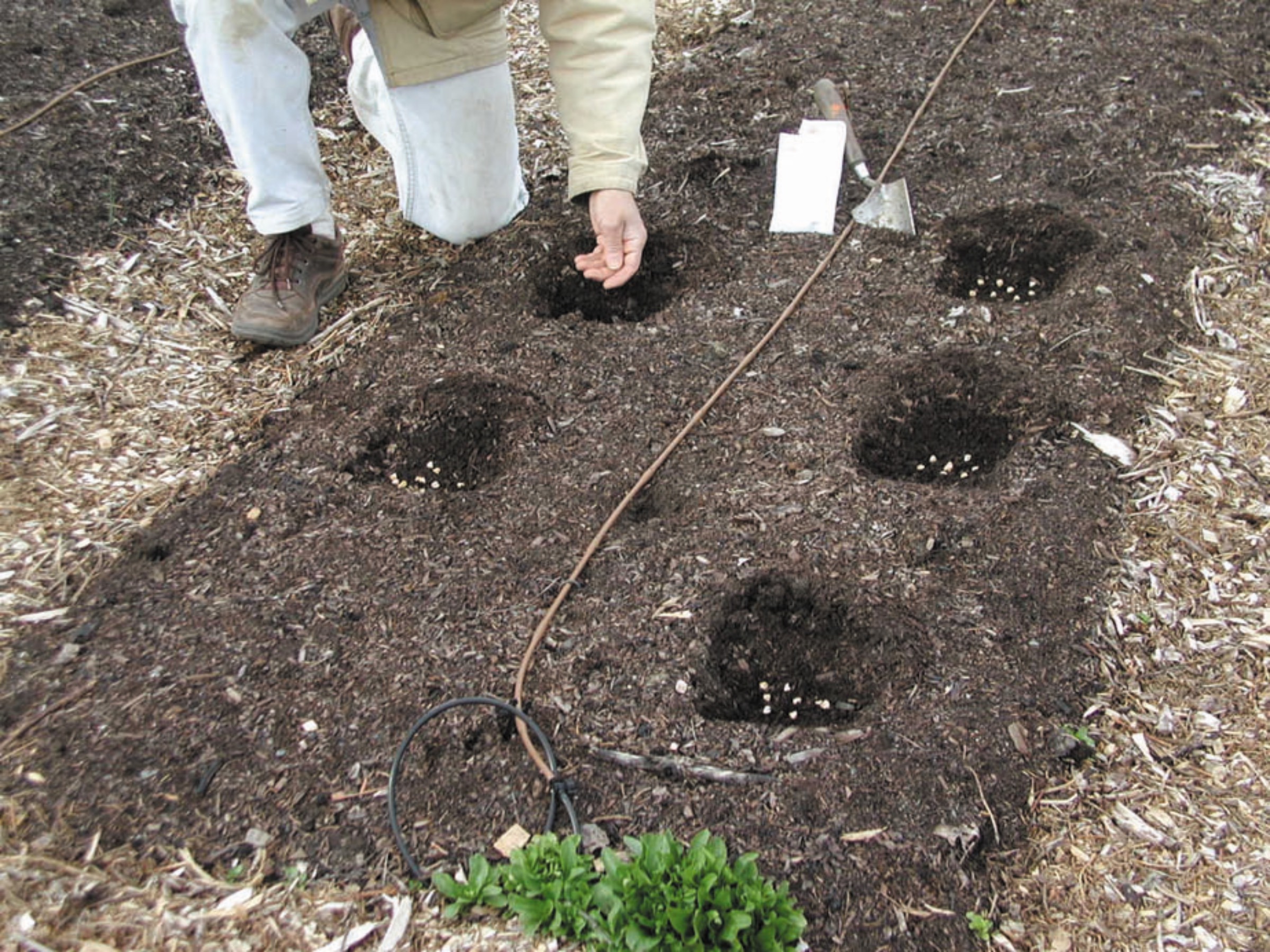
With the above spacing, each of my twenty-foot-long beds will end up with 26 hills or about 78 stalks of corn. Some varieties yield two ears per stalk, but I’ll be conservative and assume an average of only an ear and a half per stalk. Even with that conservative estimate, I still end up harvesting almost 200 ears of corn from a mere 60 square feet of growing area!
And who says that that 60 square feet needs to be dedicated only to corn for the whole season? I’ve preceded beds of corn with early, cool season vegetables such as lettuce, spinach, or radishes, and followed early plantings with later crops of bush beans or autumn lettuce, broccoli, or cabbage.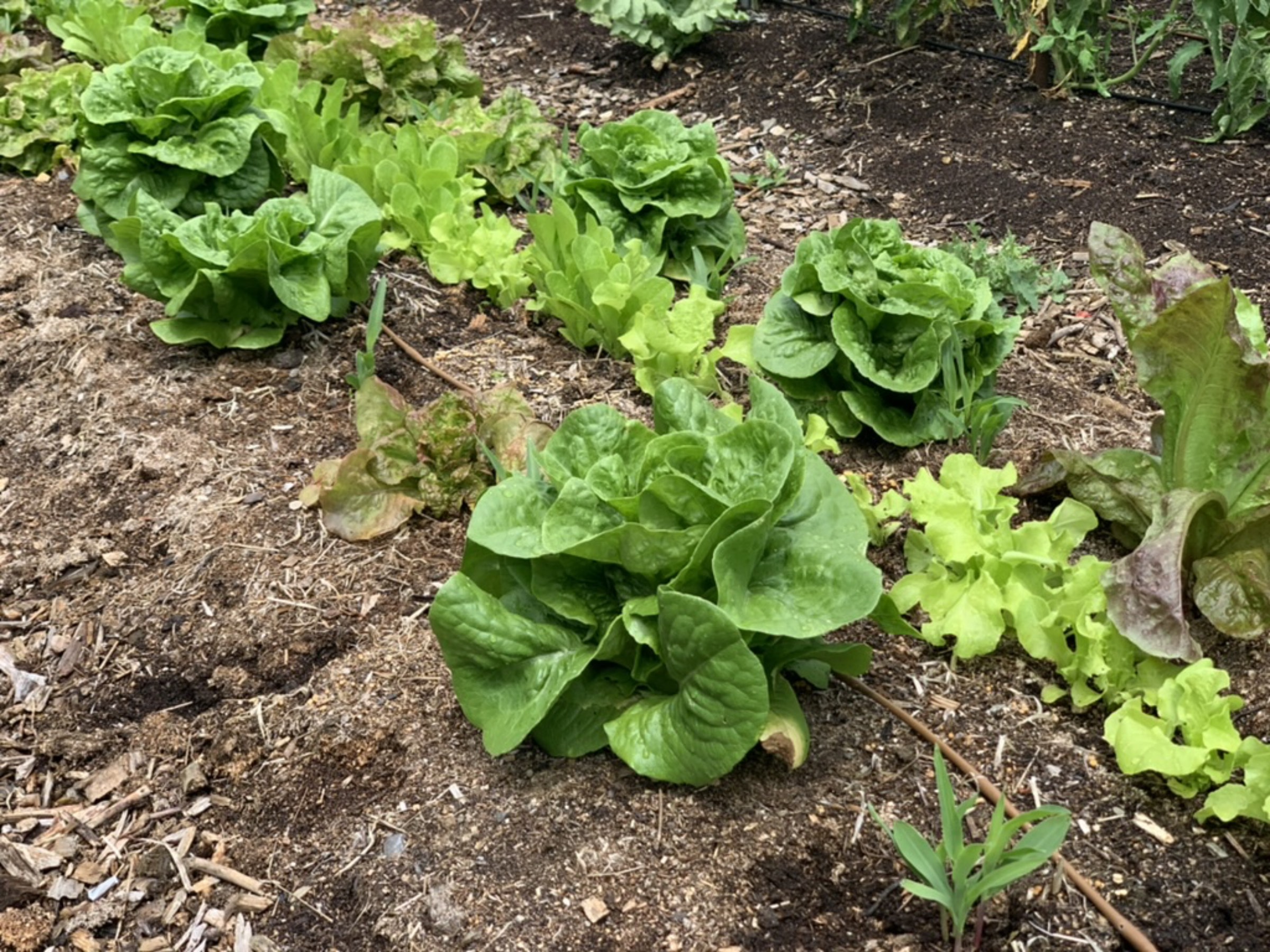
Good Conditions a Must
Reaping such a harvest demands good growing conditions; otherwise ears develop into nothing more than nubbins. Light is important, a minimum of six hours of unobstructed sunlight each day. I maintain soil fertility by each year sprinkling a nitrogen-rich fertilizer on the ground, then topping it with a one inch blanket of compost, or, more usually, just the compost. My fertilizer of choice is soybean meal, an organic source of nitrogen that releases nutrients into the soil slowly throughout the growing season.
In this part of the world, natural rainfall is usually sufficient to quench a corn plant’s thirst, but not always. Corn, like other garden plants, likes about an inch of water per week from either rainfall or irrigation. A sprinkler could do this job, but my plants get their water with “drip irrigation,” which slowly drips water right to plant roots. Advantages of drip over sprinkler irrigation are less water use, less disease because foliage is not wet, and easy automation of watering.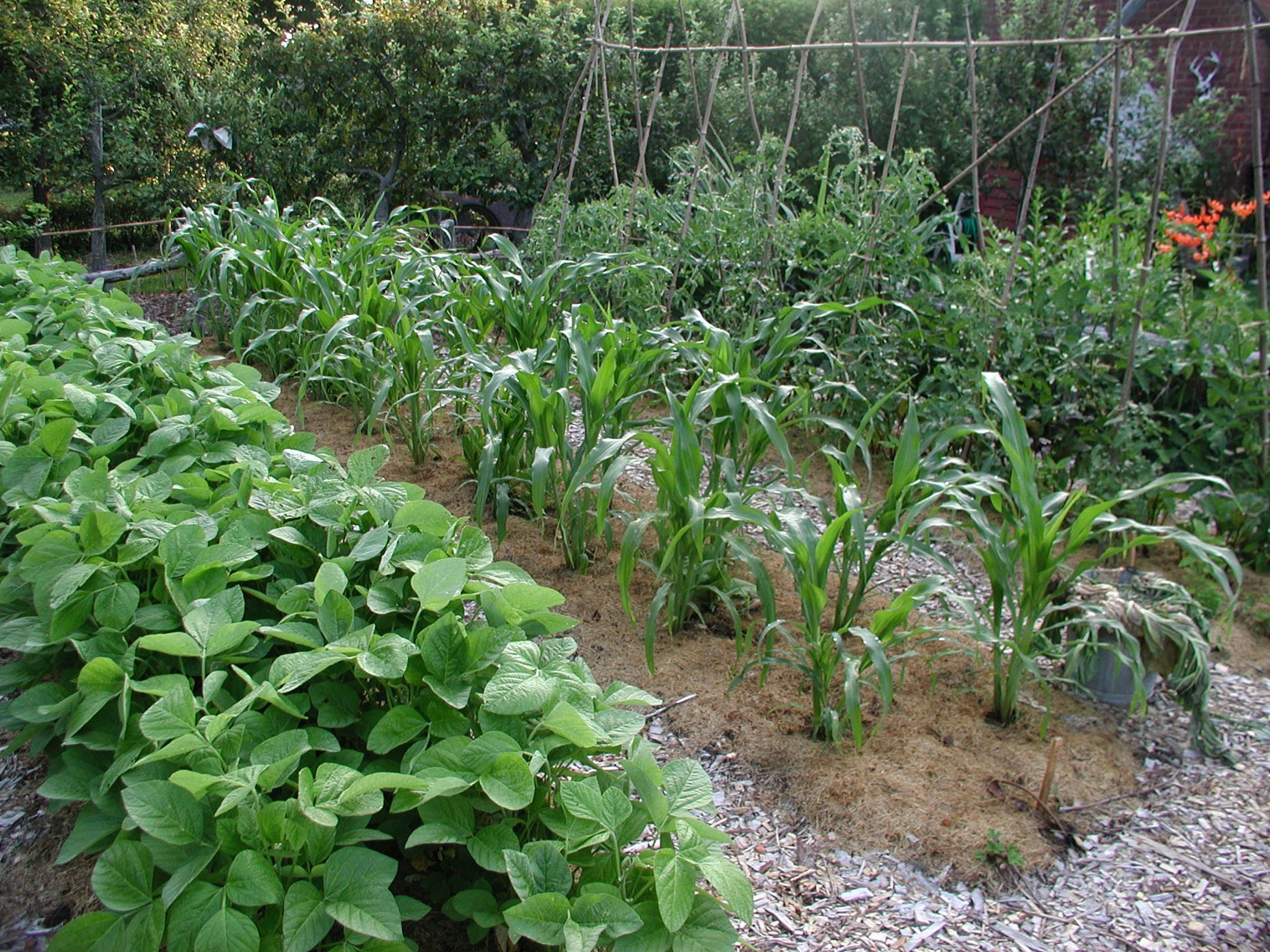
Timely plantings let me free up the beds for other vegetables to precede and follow the corn and spread out the harvest season so I’m up to my ears in sweet corn from midsummer on. The first seeds go into the ground about a week before the average date of the last killing frost, in the middle of May here in the Hudson Valley, or when emerging oak leaves are about the size of mouses’ ears (more conventional garden wisdom that I do follow) anywhere. (Maintaining fertility, drip irrigations, and planting schedules are detailed in my book Weedless Gardening)
Starting corn ahead of time in pots would give me a jump on the season and free up beds for other vegetables while the corn was growing in the pots. Corn, however, doesn’t transplant well, and it would take lots pots of corn to fill even one of my beds.
Another way to get a jump on the season, with less trouble and indoor growing space, is to presprout the seeds before planting. A half day soaking in water, then twice daily rinsing in a screen-topped jar kept handily in the kitchen, wakes up the seeds and has them ready to plant within about a week.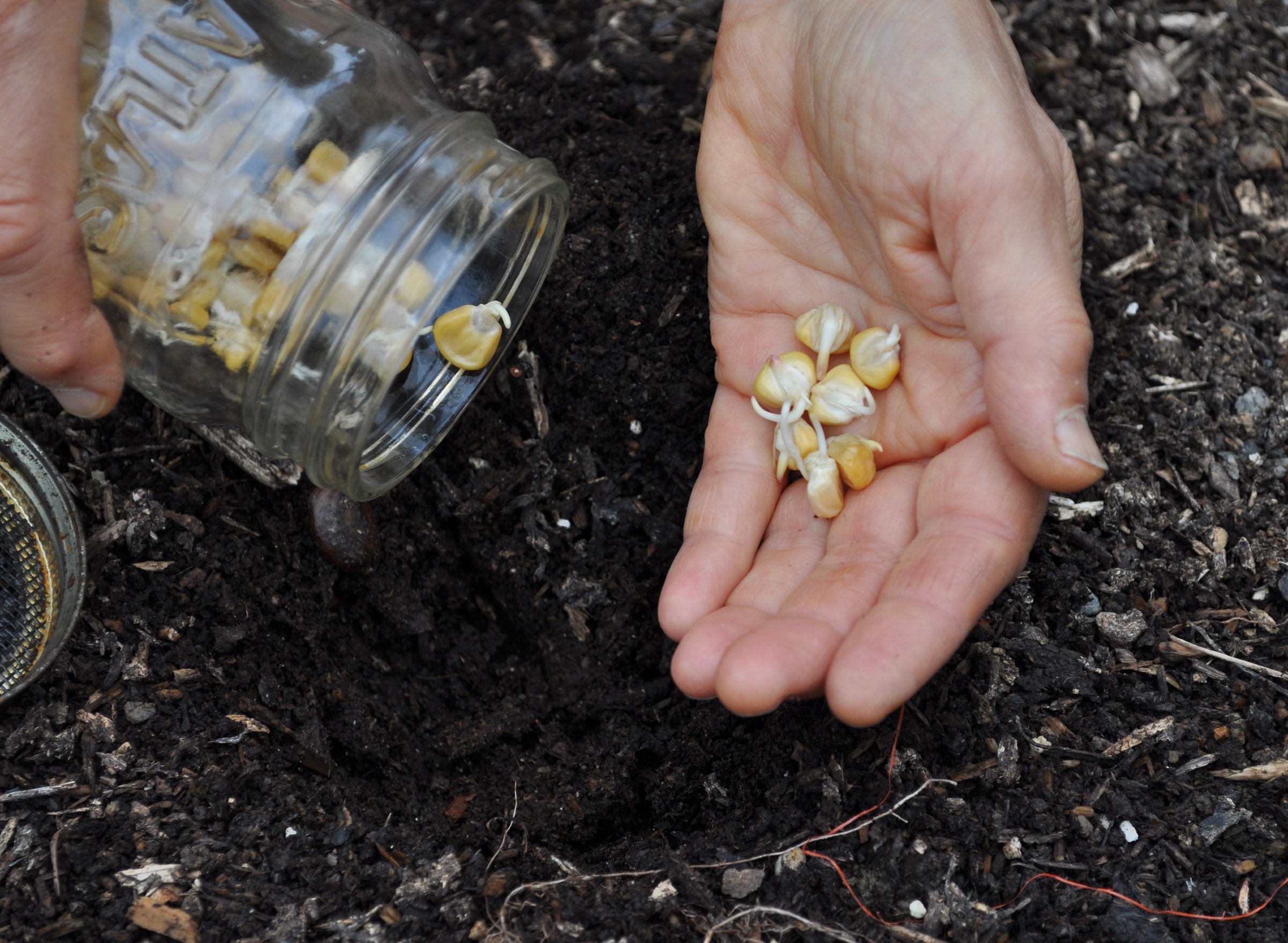
(Avoid presprouting if using fungicide treated seeds, usually dyed a magenta color as a warning, because it would be imprudent to have fungicide solution sloshing around your kitchen. I take care to provide good growing conditions generally for my corn so that I can avoid use of such seed altogether.)
My first planting of a twent-foot-long bed of sweet corn is followed with additional plantings at two week intervals. I figure how long I can keep this up by looking at the “days to maturity” on the seed packet, then counting back that number of days from mid September, after which date corn hardly ripens any more around here.
Best Reasons for Growing Backyard Sweet Corn
I haven’t yet mentioned anything about the flavor of backyard sweet corn. Yes, the new supersweet varieties that you can buy in markets are truly supersweet and do hold their sweetness long after harvest, but is sweetness really all that we want from sweet corn? Not me. Most of the sweet corn I plant every year is the variety Golden Bantam, which was introduced in 1906 and whose rich, corny flavor still maintains a devoted following. Silver Queen is another old variety — although not to my taste — that has maintained a strong following over the decades.

Golden Bantam
Mention of varieties highlights another plus for home grown sweet corn: You get to grow exactly what you like, whether it is a white, yellow, white and yellow, heirloom, or supersweet variety. Other pluses are the ease with which sweet corn can be grown in a backyard garden without the need for toxic sprays, the honey sweet aroma of corn in tassel, and the convenience of just stepping out your back door to pick a few ears for dinner. I always make room for sweet corn in my garden.

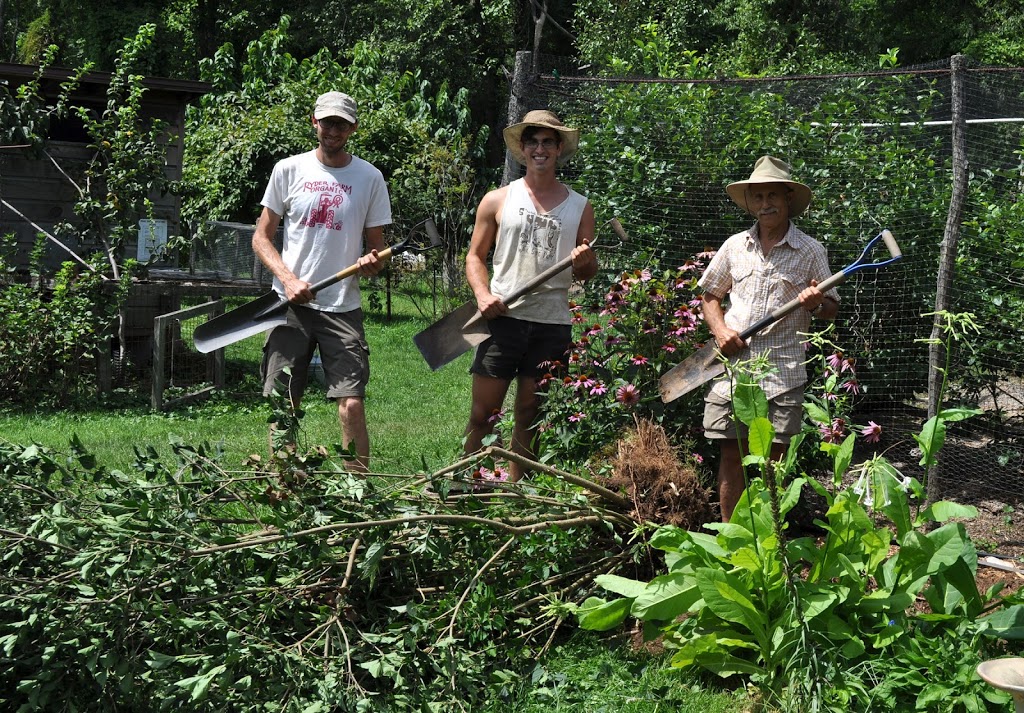
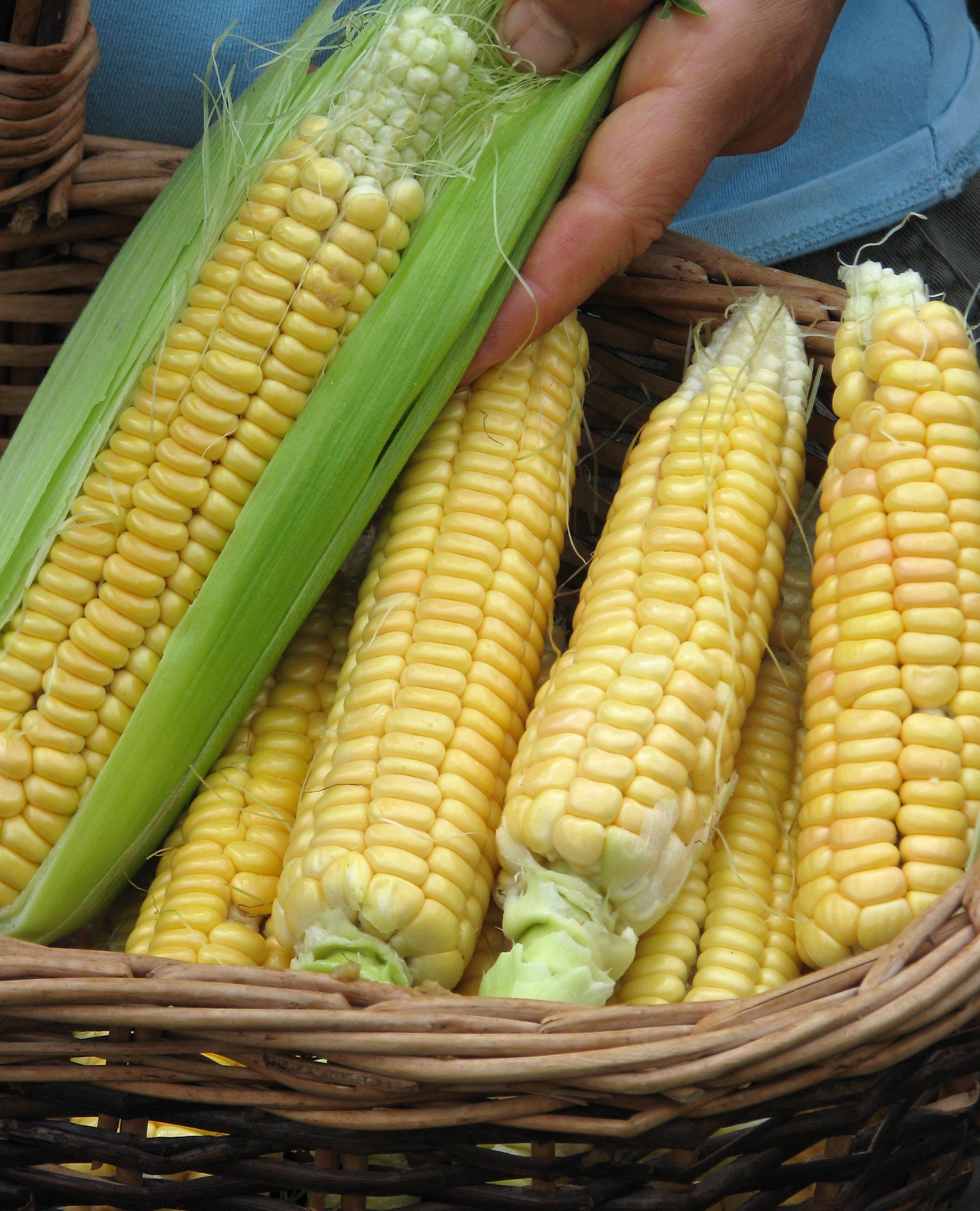
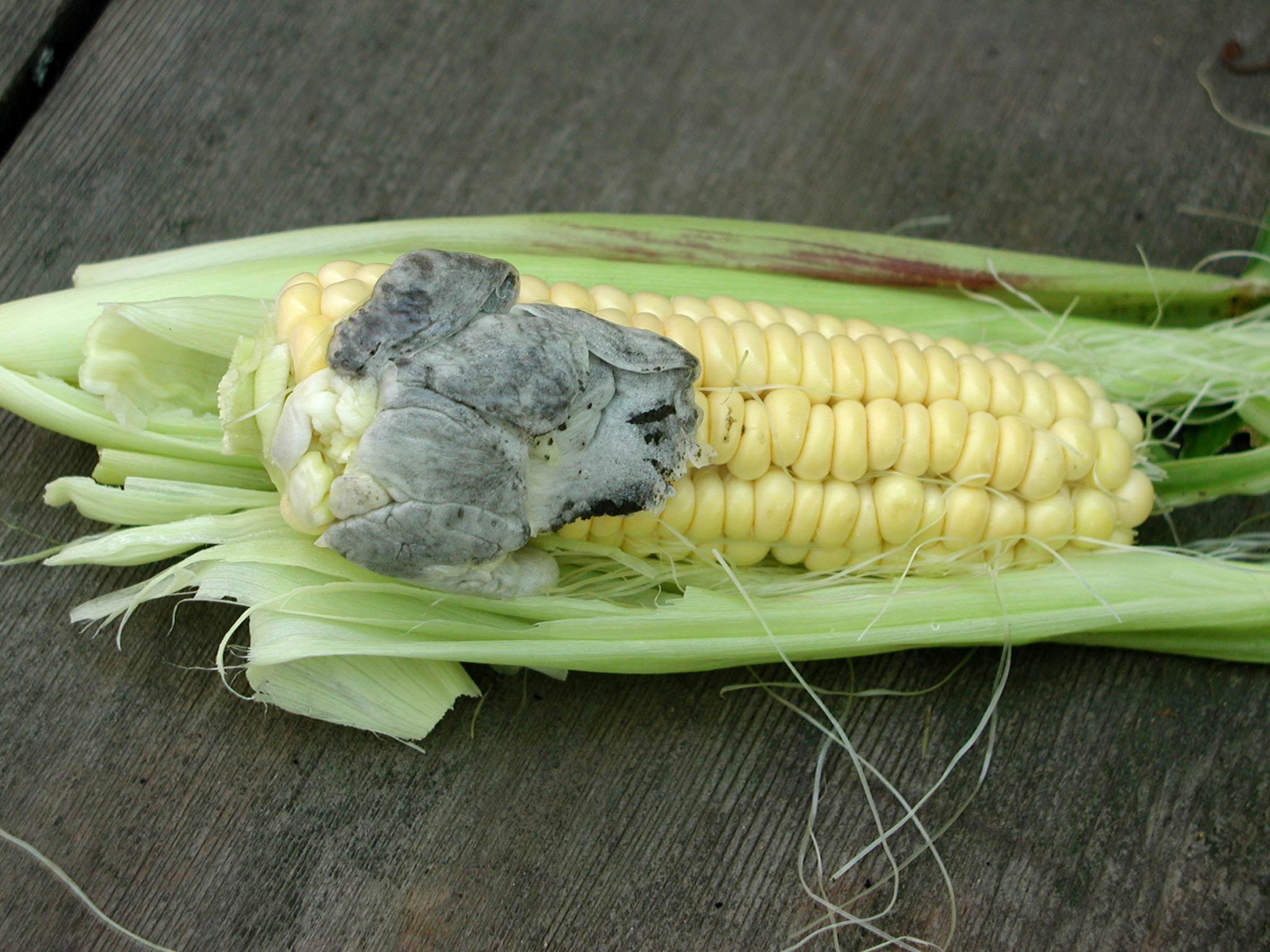

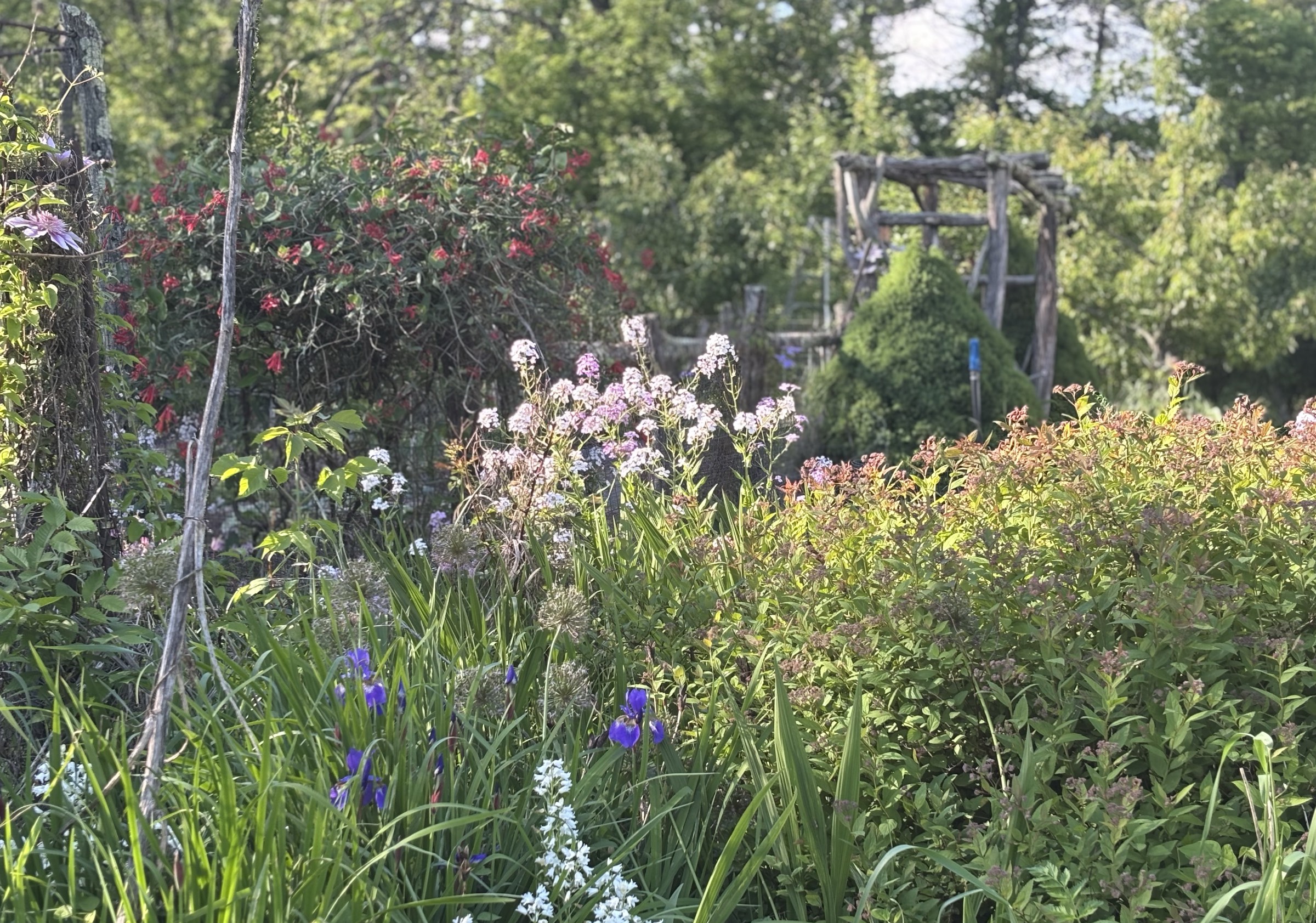

I also planted some golden bantam in my garden this year! First time so hopefully I can get at least one per stalk down here in central Texas. thanks for all the great info!
I’d be interested in knowing you liked it.
I tried several times to grow corn, but was foiled by squirrels.?They loved to play with the young stalks breaking them as they go!
Did they also eat the corn? If that’s what they’re after, dusting the husk covered ears with cayenne pepper might keep them at bay.